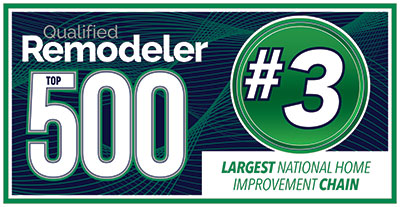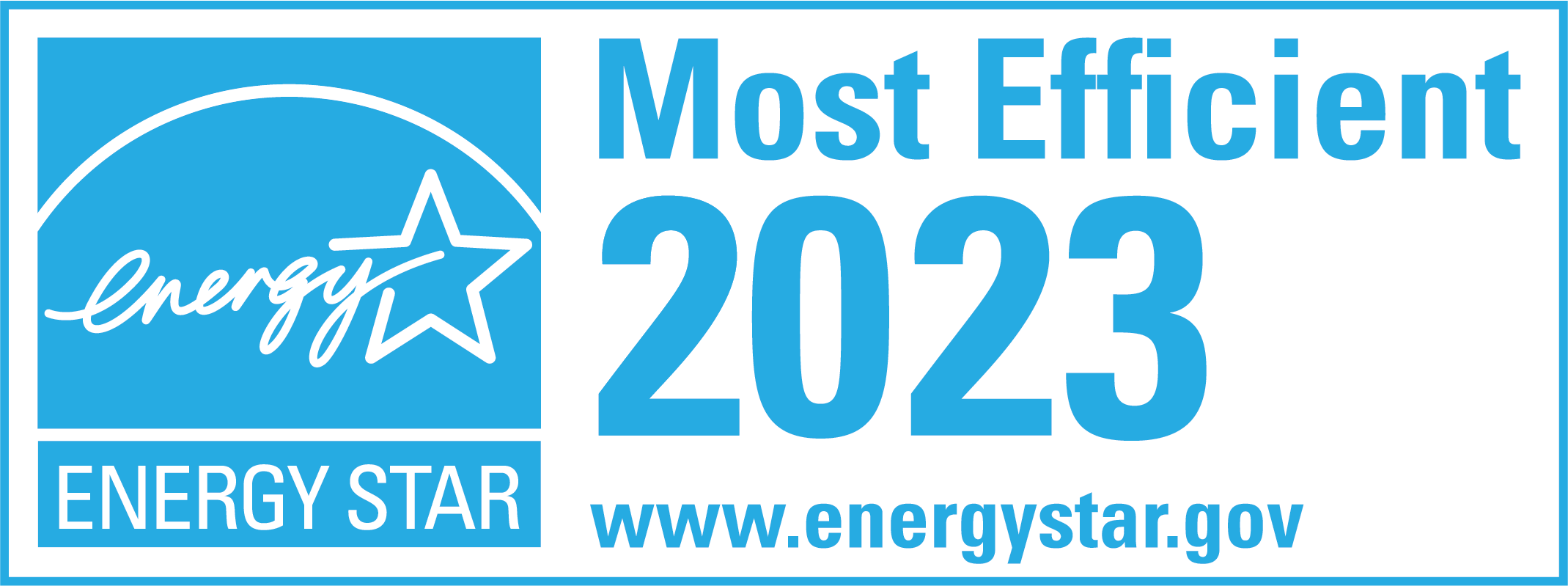Understanding the Cost of Vinyl Siding
Vinyl siding is popular for homeowners looking to update their home’s exterior. There are many factors to consider regarding the expense of vinyl siding. From the basics of vinyl siding to the different types and materials, we’ll break down everything you need to know about the cost of vinyl siding.
The Basics of Vinyl Siding
What is Vinyl Siding?
Vinyl siding is a plastic-based material that is commonly used for the exterior of homes. It is made from PVC resin and other additives, which make the siding resistant to weather, pests, and fire. Vinyl siding comes in a range of styles, colors, and textures that can mimic traditional materials like wood and stone.
When it comes to choosing the right siding for your home, vinyl siding is a popular choice for many homeowners. Not only is it affordable, but it is also versatile and can be customized to fit the style of your home. Whether you are looking for a traditional or more modern aesthetic, vinyl siding can provide you with the look you want.
Benefits of Vinyl Siding
One of the main benefits of vinyl siding is that it is low-maintenance. Unlike wood siding that needs regular cleaning, repainting, and sealing, vinyl siding can be cleaned using soap and water. This makes it a great choice for homeowners who want a beautiful and durable exterior without the hassle of constant upkeep.
Another benefit of vinyl siding is its durability. Vinyl siding is designed to withstand extreme weather conditions, such as high winds, hail, and heavy rain. It is also resistant to pests, such as termites and carpenter ants, which can cause extensive damage to wood siding.
Additionally, vinyl siding is energy efficient. It can help insulate a home’s walls and reduce heating and cooling costs. This can lead to significant savings on energy bills over time.
Types of Vinyl Siding
There are several types of vinyl siding to choose from, each with its own features and benefits. Here are some of the most common types:
- Hollow-back siding: This is the most basic and affordable type of vinyl siding. It is lightweight and easy to install but lacks the durability and insulation of other types. This type of siding is best suited for mild climates where extreme weather is not a concern.
- Insulated siding: This type of siding has a layer of insulation built into it, which helps to improve energy efficiency and reduce noise. It is a great choice for homeowners living in extreme weather conditions, as it provides added protection and insulation.
- Vertical siding: This style of siding is installed in a vertical orientation rather than horizontally and can mimic the appearance of board and batten siding. It is a popular choice for homeowners who want a unique and modern look for their home.
- Shake and shingle siding: This style of vinyl siding mimics the appearance of wood shingles and shakes but with the added durability and low maintenance of vinyl. It is a great choice for homeowners who want a traditional look without the hassle of wood siding maintenance.
No matter what type of vinyl siding you choose, it is important to work with a professional installer who can ensure that the siding is installed correctly and will provide long-lasting protection for your home.
Factors Affecting the Cost of Vinyl Siding
When it comes to choosing vinyl siding for your home, several factors can impact the cost. While the initial cost may be higher than other siding options, vinyl siding is known for its durability and low maintenance, making it a popular choice for homeowners. Here are some of the factors that can affect the cost of vinyl siding:
Material Quality and Thickness
The quality and thickness of the vinyl siding material can significantly impact the overall cost. Higher-quality materials will typically be more expensive, durable, and long-lasting. Thicker siding will also be more expensive but can provide added insulation and protection against damage. Considering the long-term benefits of investing in higher quality and thicker vinyl siding is important. It can save you money in the long run by reducing the need for repairs or replacements.
Siding Style and Design
The style and design of the vinyl siding can also affect the cost. Basic, flat siding is typically less expensive than more decorative styles like scalloped or textured siding. The color and texture of the siding can also impact the cost, with custom colors or designs often costing more. It’s important to choose a style and design that complements the overall look of your home while also fitting within your budget.
When selecting a vinyl siding style and design, it’s also important to consider the architectural style of your home. For example, a traditional home may look best with a more traditional style of vinyl siding, while a modern home may benefit from a more contemporary style.
Labor and Installation Costs
The cost of labor and installation can vary greatly depending on your location and the job’s complexity. Basic installation may be relatively inexpensive, but more complex jobs that require additional prep work or specialized equipment can drive up the cost. Getting multiple quotes from reputable contractors is important to ensure you’re getting a fair price for the work.
In addition to the installation costs, it’s important to consider the cost of removing any existing siding. If your home has old or damaged siding that needs to be removed before installing the new vinyl siding, this can add to the project’s overall cost.
Geographic Location
The cost of vinyl siding can also vary depending on where you live. Factors like climate, local building codes, and availability of materials can all impact the project’s overall cost. If you live in an area with harsh weather conditions, you may need to invest in higher quality and thicker vinyl siding to protect your home from damage. Additionally, some areas may have stricter building codes that require more extensive installation processes, which can drive up the project’s cost.
When selecting vinyl siding for your home, it’s important to consider all of these factors to ensure you get the best value for your investment. By choosing high-quality materials, a style and design that complements your home, and a reputable contractor for installation, you can enjoy the benefits of vinyl siding for years to come.
Comparing Vinyl Siding to Other Siding Materials
Wood Siding
Wood siding is popular for many homeowners due to its natural beauty and versatility. However, wood siding can be expensive to purchase and install and also requires regular maintenance to prevent damage from pests, weather, and decay.
Fiber Cement Siding
Fiber cement siding is a composite material made from cement, sand, and cellulose fibers. It is a popular choice for homeowners who want the look of wood siding but with added durability and low maintenance. However, fiber cement siding can be more expensive than vinyl siding and can also be heavy and difficult to install.
Aluminum Siding
Aluminum siding is lightweight and affordable, making it a popular choice for many homeowners. However, it can dent easily and require frequent painting to prevent fading and discoloration.
Stucco Siding
Stucco siding is a popular choice for homes in warmer climates because it provides added insulation and protection from the sun. However, stucco can be expensive to install and repair and may not be suitable for all climates and weather conditions.
Brick and Stone Siding
Brick and stone siding is popular for many homeowners due to its durability and timeless style. However, it can be expensive to purchase and install and may not be suitable for all climates and weather conditions.
Conclusion
Regarding the cost of vinyl siding, there are many factors to consider, including material quality, style and design, labor and installation costs, and geographic location. While vinyl siding may not be the cheapest option available, it offers a range of benefits, including durability, low maintenance, and energy efficiency. Ultimately, the best choice for your home will depend on your budget, personal preferences, and the specific needs of your property.
For pricing and availability across North Texas, call us at 214-399-9592 or submit an estimate request.






